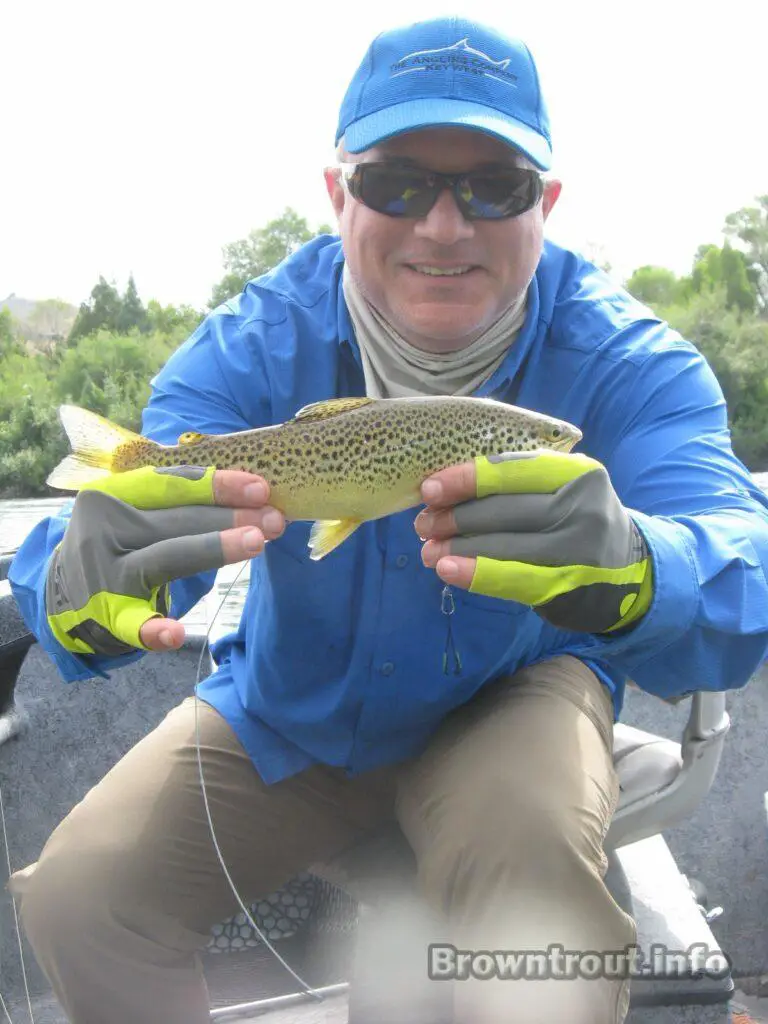This post was last updated on April 15th, 2014 at 01:06 am
Monitoring Trout Loss To Irrigation Ditches on the South Fork Of The Snake River, Idaho
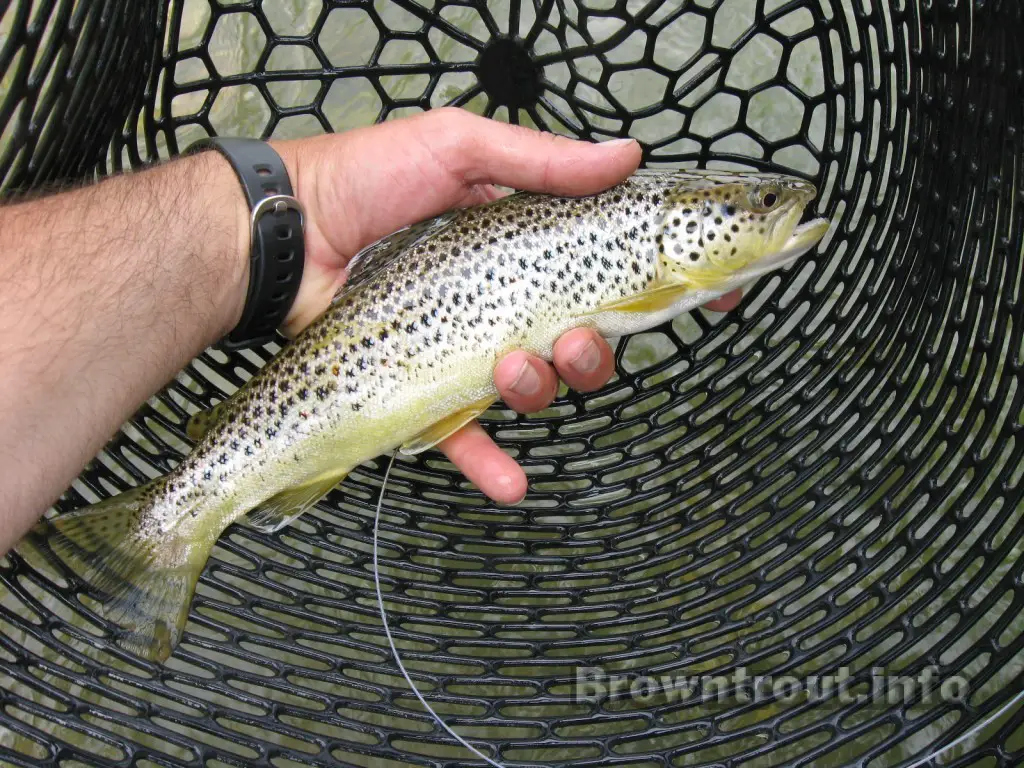
Fishing on the Snake river in Idaho last week I witnessed a rare sighting. I was with a gentleman in my boat who caught a brown trout with an antennae coming out of its underside. I was immediately intrigued and started snapping pictures of this small trout. You could see the wire coming from its underside long before the fish reached the net. There were fresh sutures (stitches) in the trout where this device was inserted. This telemetry antennae was implanted in the small trout to monitor loss of fish in diversion channels. The south fork of the snake river in Idaho has several irrigation canals that cause major loss of trout. Once the fish enter these channels (ditches) they have slim (if any) chance for survival for more than a couple months.
Irrigation Canals in the South Fork of The Snake:
There are 7 irrigation ditches that divert water from the south fork of the snake within a 70 mile section of river from palisades dam to the rivers mouth. None of these channels have screens in place to prevent trout from entering. Although the lower river areas where these diversion channels are placed host less trout, there are still likely major losses of trout to these channels. Read an article from 2012 Idaho trout left high and dry by the Idaho statesman.
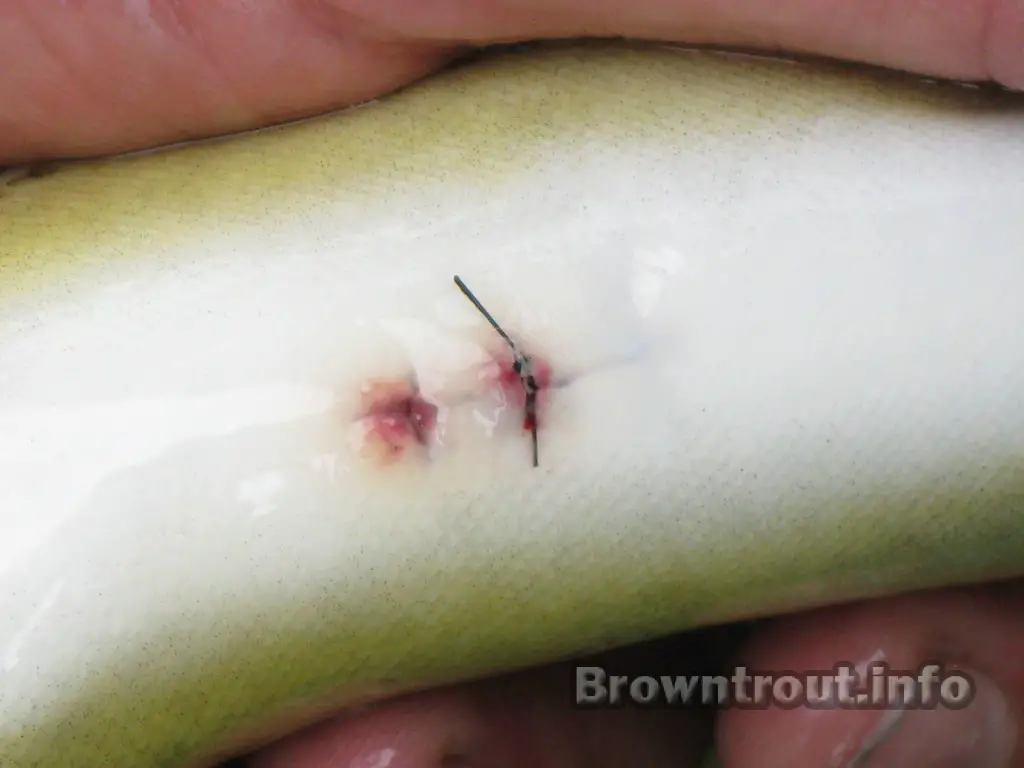
I happen to know for a fact that trout sit right near the tops of these channels, because I regularly catch fish in front of some of the largest ones on the river. The brown trout my client caught, happened to be about 1 mile from the nearest place for it to exit the river into an irrigation channel. I have often wondered just how many trout are lost to these irrigation ditches. Once the water supply is cut off the trout existing in these channels will not have water flowing to them anymore; these trout are literally left to death in the mud at the bottom of these channels.
The Study Objectives:
This information is taken directly from https://www.monitoringmethods.org/Protocol/Details/1945
- ” Quantify total annual entrainment rates of adult and juvenile Yellowstone cutthroat trout, brown trout, and rainbow trout separately for each of the large unscreened canals along the South Fork Snake.
- Quantify total annual entrainment rates of adult and juvenile Yellowstone cutthroat trout, brown trout, and rainbow trout into large, unscreened canals along the South Fork Snake River.”
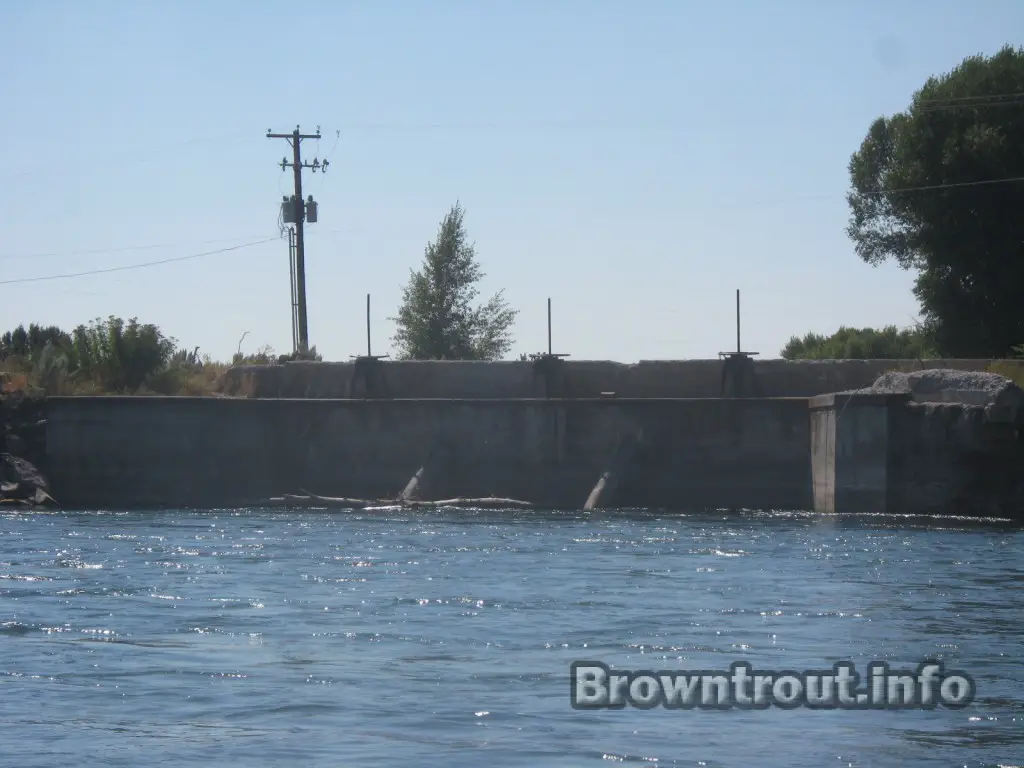
– Radio-tagged individuals are representative of the population in terms of their movement and behavior.
-Individual trout that are marked closer to the locations of diversions are more likely to be entrained into canals than trout marked with radio tags further away from the canal diversions.
Summary:
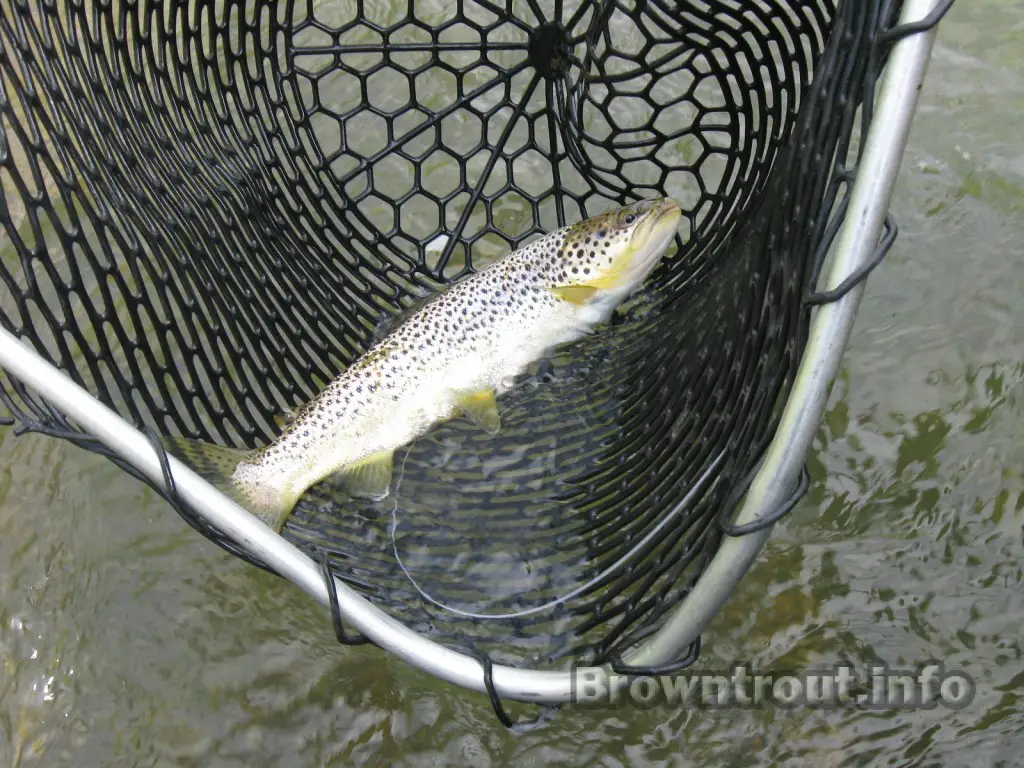 The outcome of this study will be interesting. I have not been able to find any further information on this subject besides the link above. There is very limited information about this study. It’s likely that had I not partaken in the catching of a radio tagged trout, I would know nothing about this study ever taking place.
The outcome of this study will be interesting. I have not been able to find any further information on this subject besides the link above. There is very limited information about this study. It’s likely that had I not partaken in the catching of a radio tagged trout, I would know nothing about this study ever taking place. 